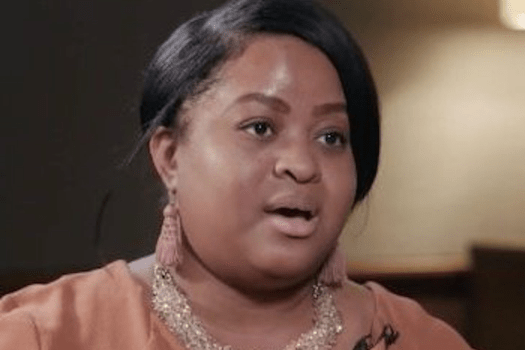Today, her name is followed by MD, PhD, she’s an instructor at Harvard Medical School, and she’s an assistant neurologist at Massachusetts General Hospital studying the connections between migraine headaches and ischemic stroke in women.
It’s a long and winding journey set in motion and sustained by a brilliant, curious and creative mind. And it has been aided in large measure, she will tell you, by the 2017 Phyllis and Jerome Lyle Rappaport Fellowship.
“It’s a phase where you’re transitioning between being mentored to being an independent scientist, and that transition can produce a lot of attrition,” she said. “For many people, that transition is kind of like walking across quicksand, but the Rappaport Award added cement to the quicksand. It solidified that foundation for me.”
And to think it may not have happened if not for one fortuitous coin flip.
The future Dr. Harriott was a high school junior at Baltimore Polytechnic Institute, only recently having decided she should go to college at all, when she needed to choose between engineering and biological sciences, the two subject areas BPI was best known for. The tossed quarter came up biology, and that’s the direction in which she’s been headed ever since.
She applied to one college: Morgan State University, just a short distance down Cold Spring Lane from her high school. She received a full scholarship. She fell in love with neuroscience. She received her bachelor of science degree in biology in 2002.
That was followed by a MD-PhD earned at the University of Maryland-Baltimore. It was while studying at the dental school at UMB, in fact, that she developed an interest in studying head and neck pain, and then more specifically migraine pain, where the focus of her research remains today.




